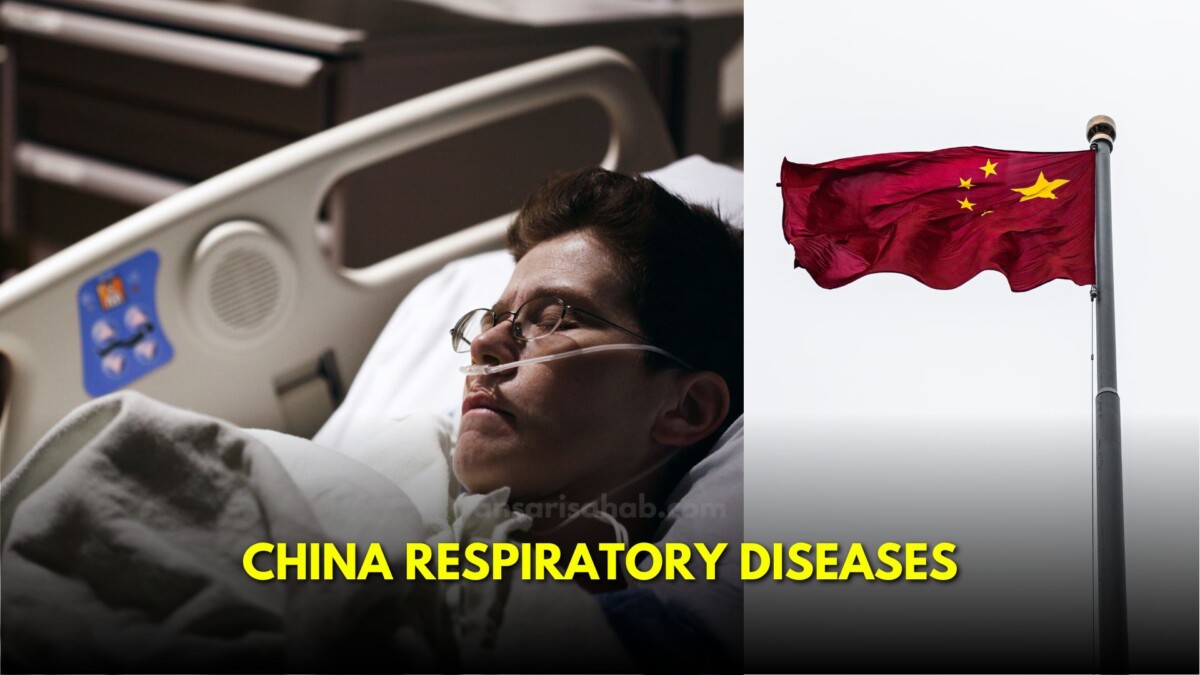
China is currently grappling with a concerning surge in respiratory illnesses, predominantly impacting children. This surge comes as the country enters its first full winter season since the relaxation of strict COVID-19 restrictions in December 2022. While the World Health Organization (WHO) has reassured the public that there is no evidence of a novel or unusual pathogen causing the outbreak, the situation demands a comprehensive understanding and proactive measures to safeguard vulnerable populations.
Understanding the Background
China’s healthcare system is under strain as a notable increase in respiratory illnesses, particularly among children, has been observed. Several factors contribute to this surge, including the lifting of COVID-19 restrictions, the onset of the cold season, and the presence of known pathogens like influenza, Mycoplasma pneumoniae, and respiratory syncytial virus (RSV).
Current Scenario
According to the Chinese National Health Commission, reported cases of influenza have spiked significantly compared to previous years. Mycoplasma pneumoniae infections, especially among children under five, are on the rise, and RSV, notorious for causing severe illness in infants, is also a contributor.
Latest Developments and WHO’s Response
As of November 27, 2023, the WHO has maintained its stance that the surge in respiratory illnesses is not as high as pre-pandemic levels and there is no evidence of a novel or unusual virus causing the outbreak. The organization is collaborating with Chinese health authorities, urging increased surveillance, and providing technical assistance.
Chinese Government’s Response
The Chinese government has taken decisive steps to address the surge, including increasing fever clinics, extending hospital operating hours, and strengthening the supply of antiviral drugs.
WHO’s Assessment and Continued Concerns
The WHO has closely monitored the situation and affirmed that there is no evidence of a new or unusual virus causing the outbreak. However, despite this assurance, some experts remain concerned about the possibility of an undetected virus or a more transmissible strain of a known pathogen contributing to the surge. Further investigations and sustained surveillance are imperative for a comprehensive understanding of the outbreak’s root causes.
Suggested: Mystery Dog Illness Sweeps Across the Nation: A Comprehensive Guide for Concerned Pet Owners
Impact on Hospitals
Hospitals of China, particularly pediatric wards, are feeling the strain of the surge in respiratory illnesses. Reports indicate long wait times, bed shortages, and healthcare workers facing increased pressure due to the influx of patients.
Protective Measures Implemented
To address the surge, Chinese authorities have implemented various measures:
- Increased monitoring and surveillance: Healthcare facilities are closely monitoring and reporting cases to local health authorities.
- Expanded testing: Testing for known respiratory pathogens has been expanded to identify and track the spread of infections.
- Public health education: Authorities are emphasizing the importance of preventative measures, such as hand hygiene, respiratory etiquette, and vaccination, to reduce the spread of infections.
Recommendations for Individuals
To protect themselves and others, individuals are advised to:
- Practice regular hand hygiene: Wash hands frequently with soap and water or use an alcohol-based hand sanitizer.
- Cover coughs and sneezes: Use a tissue or your elbow to cover your mouth and nose when coughing or sneezing.
- Avoid close contact with sick individuals: Especially those with respiratory symptoms.
- Get vaccinated: Stay up-to-date on influenza and other recommended vaccinations.
- Seek medical attention promptly: If respiratory symptoms develop, seek medical attention promptly.
Advice for Travelers
The WHO advises travelers to China to take precautions, such as practicing good hand hygiene, avoiding close contact with sick individuals, and wearing masks in crowded or poorly ventilated areas.
Additional Information
- The surge is most severe in northern China.
- Some regions report shortages of beds and medical staff.
- The Chinese government has urged hospitals to expand their capacity.
Conclusion
While the surge in respiratory illnesses in China is a cause for concern, the WHO’s assurance that there is no evidence of a novel or unusual pathogen offers some relief. Continued collaboration, surveillance, and adherence to protective measures at both individual and governmental levels are crucial to mitigating the impact of this outbreak on public health. As the situation evolves, staying informed and following recommended guidelines remain essential for safeguarding communities.
Disclaimer
This blog post provides information for general awareness and should not be considered medical advice. Consult with a healthcare professional for personalized guidance on health concerns.








